Teaching with drones in education holds so many possibilities, from introducing kids to piloting or coding basics to exploring drone uses and careers. Whether in STEM programs, clubs, or CTE courses, children can explore practical STEAM concepts and gain hands-on experience. Though many elementary students have experience coding, it's often best to introduce drones to the STEM curriculum in middle school. By high school, though, many students—especially those in career and technical programs—are comfortable piloting. And, the good news is that educational drones are, by nature, easy to operate.
When it comes to the best drones for education, however, knowing what you are looking for is essential. Our team vets every product with personal, in-office testing, so you know you're getting the best EdTech available. Many of these offerings include extensive curricula and educator's guides, so you can approach learning with a different perspective—whether you're teaching engineering with the Discover Drones kits or choreography with the Drone Designers kits.
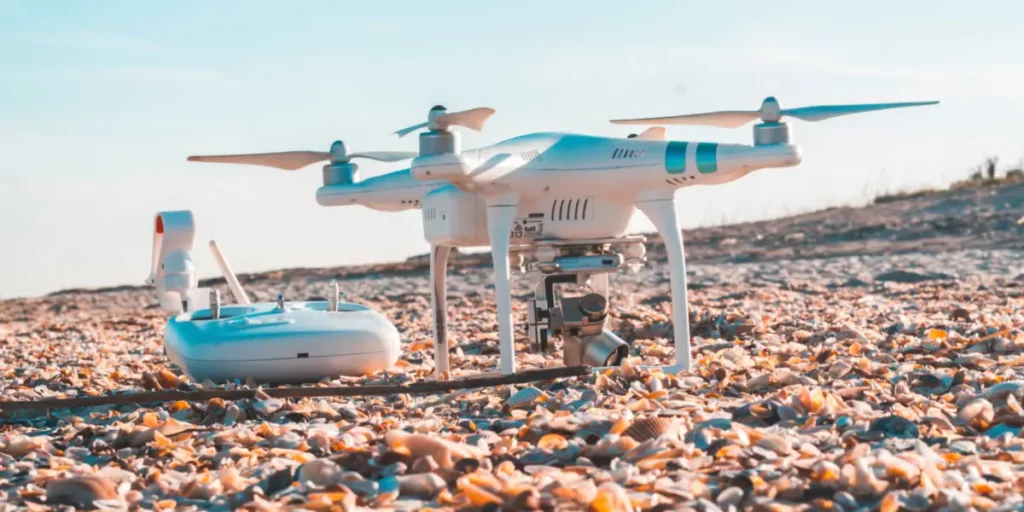
Best features of educational drones.
Although many consumer drones require users to manually control their flight paths, for STEAM education, teachers typically turn to programmable drones. When students program a drone themselves, they'll gain valuable experience making flight plans, developing spatial awareness, and building new coding skills. This versatility appeals to 21st century educators because of the chance for their students to develop computer science skills and explore real-world opportunities at the same time. As a bonus, many top classroom drones are compatible with multiple programming languages, so children can progress without needing to switch to a new STEM tool.
Along with programming capabilities, educators should also focus on technical specifications. Educational drones should typically be lightweight, compact, and affordable, making them both accessible and safe for all children. When students are new to piloting drones, there's a higher risk of crashes, so most classroom machines are extra durable. Robolink's CoDrone EDU, for example, comes with replacement propellers in case of mishaps. Plus, the smaller and more compact they are, the easier they will be for children to use in different environments.
Soft skills for middle and high school students.
Integrating drones with these features in STEM and CTE courses can help students develop key skills and real-world readiness. Hard skills, including computer programming, are still incredibly beneficial for children to learn, but using drones in the classroom helps them develop soft skills as well. When programming and flying, for example, children must first plan out safe and efficient flight paths. This requires design thinking and decision-making—two of the most relevant real-world soft skills today. In their planning, they will also learn the importance of safety and variables like wind speed, Sun brightness, and the machine's power.
While planning and executing flights, kids also utilize interpersonal soft skills like collaboration, negotiation, and active listening. Many classroom kits require two or three students to share their devices, which means communication is key. Students need to be sure they program their drones on the correct paths, and, if any issues arise, they'll have to work together to find a solution. If they fly into a corner, for example, they must communicate to decide how to maneuver back into open space. This is a perfect opportunity to see what it's like to adapt to real-world challenges on the fly.
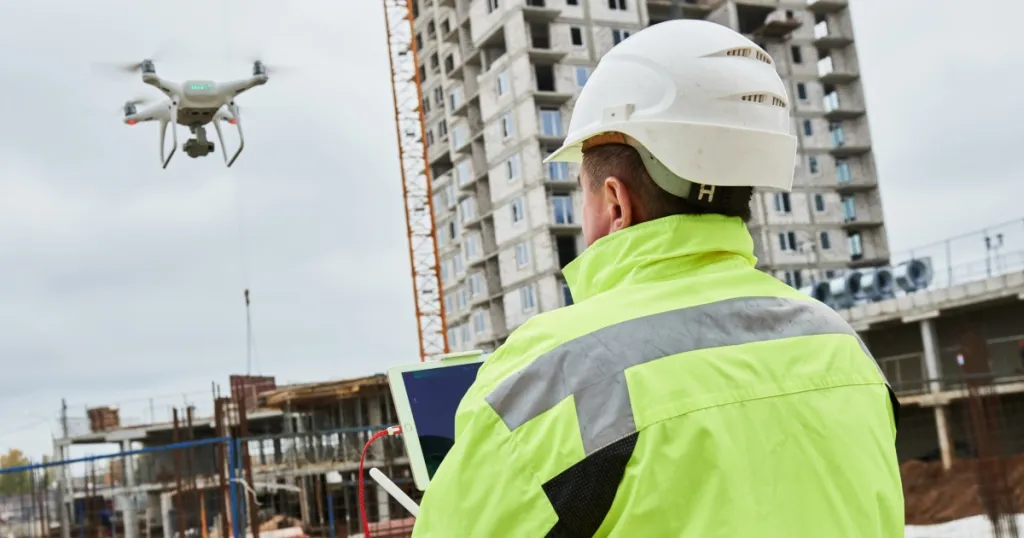
Careers and industries involving drones.
Chances are, students are not aware of how drones fit into different industries. At the top of the list, there's construction and agriculture—popular potential career options among CTE students. Helping them explore examples of using drones in these fields is often helpful and inspiring. Students might even do related projects, like surveying the land around their schools, to explore these careers. From there, students might consider security and surveillance or arts-related options. Recently, drones have also been utilized more in theater productions, demonstrating their adaptability in many industries.
Nowadays, drones are also popping up as delivery tools—a glimpse into just how rapidly this technology is evolving. In the near future, items might show up on an unmanned aircraft. Students might find it appealing to learn how these industries work—and when they may expect delivery drones at their doors. Beyond just keeping us safe and providing convenience, professionals in other relevant industries are also beginning to leverage drones more frequently. These now include real estate (for shooting unique photos), construction (for capturing important angles and even potentially delivering supplies), or telecommunications (often for creating temporary cellphone towers in isolated areas or for those affected by disasters).
Classroom drones for students to use.
If, like us, you're convinced drone education is important, let's talk about our top picks for the classroom. First on our list of the best drones for education is the Robolink CoDrone EDU. Designed specifically for classrooms, this robust machine helps kids build their STEM and technology skills. The CoDrone EDU is programmable and has seven different sensors, the ability to play tunes, and extensive free tutorials. Kids can use the CoDrone EDU for coding in Blockly or Python, and the drones are available individually or in class packs of 10, 20, 30, and 50 units.
Next, we have the Discover Drones Packs from PCS Edventures. These classroom solutions feature the RubiQ educational drones, and, unlike the CoDrone EDU, children can build these drones themselves. The kits come as two different options: the Club Pack or Classroom Pack. Each contains various components children need to construct the machines along with tons of accessories. They include drone batteries, controllers, FPV goggles, battery chargers, directions, and more. All lessons involve kids building, training, flying, and racing, boosting real-world skills and culminating with a final design project.
Other solutions for students.
Also from PCS Edventures, the Coding with Drones kit makes a great all-in-one solution and works with the tried-and-true DroneBlocks curriculum. With these kits, students can explore over 100 programming missions. They could even test their code in the piloting simulator, helping them become comfortable with troubleshooting and problem-solving before moving on to any actual flights. Like CoDrone's curriculum, DroneBlocks starts with block coding, but kids could add Python or JavaScript as they go. And, if you are familiar with the discontinued DJI Tello EDU drone, you may be glad to know that the Coding with Drones kit includes the similar classic Tello model.
Get started with drone learning.
If you have interest in creating a drone program in your school, we hope this guide helps. If you have any further questions or want more details on these solutions, please contact our team any time. You can find our full list of classroom drones on our store or below. Whether you hope to introduce kids to coding with drones or educate them on piloting and the benefits these machines provide, these opportunities for real-world lessons are extensive. Follow us on Twitter and Instagram for more on all things STEAM education. And, if you have a drone program that needs funding, be sure to apply for our EdTech grant!



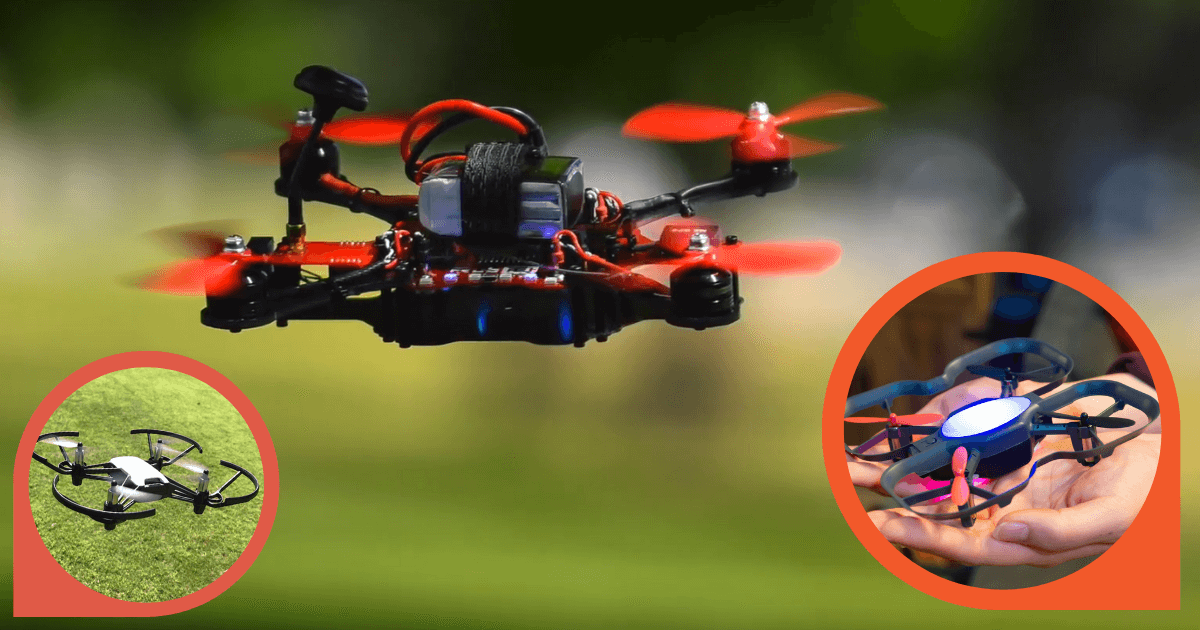
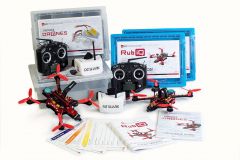
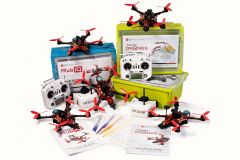
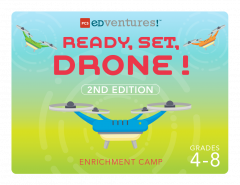
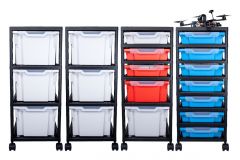
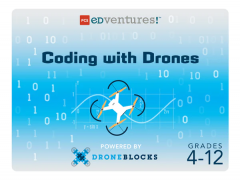
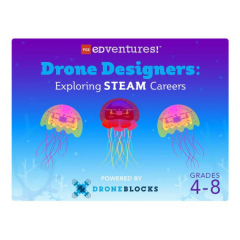
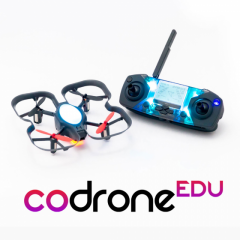
Coding is essential as is a return to home function (to stop loss!).
We have a budget of $10,000 so what can we get for our money please? Use will be year 5/6 mainly to start... then we will educate down a year, with specialist opportunities.
Kind regards, Mark